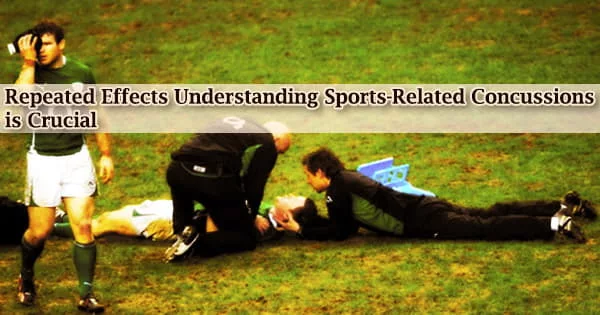Limiting throws during a game helps high school baseball pitchers avoid fatigue and injury. However, nearly half of the pitches thrown during warm-ups and in the bullpen are generally not counted, increasing a pitcher’s risk of injury dramatically, according to new results from University of Florida Health experts.
One of the leading causes of elbow and shoulder injuries in high school baseball players is excessive pitching. That’s why the Florida High School Athletic Association prohibits pitchers under the age of 18 to 105 pitches per day.
The researchers discovered that 42.4 percent of the players’ pitches were unaccounted for in teams’ pitch counts after monitoring and counting roughly 14,000 pitches thrown by 115 starting pitchers in North and Central Florida during the 2017 high school baseball season.
Uncounted pitches add up like this: During game activity, the average player threw roughly 69 pitches, according to the researchers. The average amount of pitches per game increased to more than 119 when warm-ups and bullpen activity were factored in. The results were just published in the Orthopaedic Journal of Sports Medicine.
According to Jason Zaremski, M.D., an assistant professor of orthopaedics at the University of Florida College of Medicine and the study’s principal author, all of those extra pitches should be counted to identify the real number of pitches thrown and possibly lower the risk of overuse damage.
According to him, this is the first study to demonstrate the true amount of pitches thrown by players. Pitchers have a lot riding on their performance. According to previous studies, they sustain the bulk of shoulder and elbow injuries among high school athletes, which are usually caused by overuse.
Zaremski and his colleagues wanted to determine why, despite pitch-count limits implemented in 2016 and increased knowledge of other known risk factors, pitching injuries haven’t dropped.
This re-emphasizes the importance of preparing your arm in the off-season and preseason for the rigors of the regular season. If you don’t do that, your arm is going to break down particularly as you get older and can start throwing harder.
Jason Zaremski
“The volume of pitches being thrown is much greater that what is being counted. It’s not just the effect of one game. Overuse has a cumulative effect over the course of a month, a season or a career,” Zaremski said.
Excessive throwing, according to Zaremski, can change a pitcher’s pitching motion, reduce pitch velocity, and reduce ball control, in addition to making them more susceptible to injury.
There was no link found between pitch counts and injuries in the study. Following that, Zaremski intends to investigate the stresses exerted on pitchers’ arms as a result of their pitching style.
He believes that knowing pitchers’ genuine workloads can help them make changes to their routines that will help them prevent injuries.
“This re-emphasizes the importance of preparing your arm in the off-season and preseason for the rigors of the regular season. If you don’t do that, your arm is going to break down particularly as you get older and can start throwing harder,” he said.
One option is to spend more time in the offseason strengthening up pitchers so that their arms are better prepared for the regular season. Another option is to have pitchers gradually increase their workload at the start of the season. This theory, according to Zaremski, may be supported by data from Major League Baseball, which shows that injury rates are lowest in August and September, when the season is winding down.
“Their bodies have become used to the season,” he said. “They’ve become used to the workload.|
Zaremski emphasizes numerous points to high school players, coaches, and parents: Prepare players’ arms for the forthcoming season with a complete pitching program; engage in a full-body, “kinetic chain” conditioning program that maximizes energy transfer and efficient, effective movement; and analyze the pitching motion with high-speed film or video analysis.
While resources may be limited at the high school level, Zaremski believes that these measures can help prevent injuries caused by chronic usage. Coaches, players, and parents must be aware of the entire number of pitches available on game day, not just those in use during the game.
Still, he pointed out that keeping an eye on a player’s pitches is only one component of avoiding injury. Other factors are also at play, such as players’ involvement in other sports, which can limit their time available to prepare for baseball season. Overuse injuries are also more common in warm-weather states where high school athletes play baseball almost all year.
















